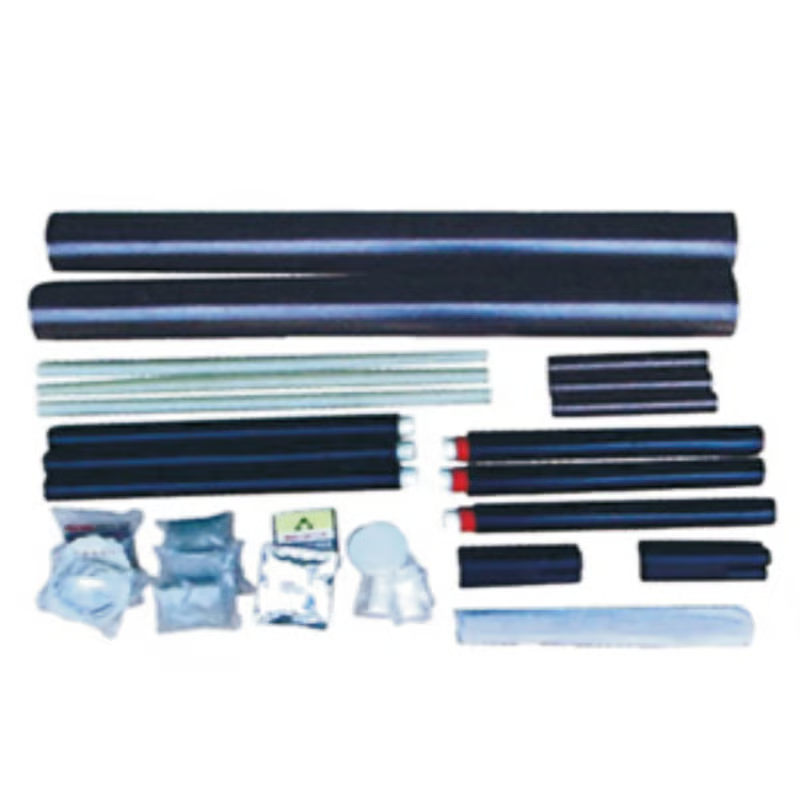An intermediate joint, also known as a middle joint, is a type of connection between two components that allows for limited movement or flexibility. It is often used in various structures and machinery to absorb shock, accommodate thermal expansion, or provide ease of maintenance.
Types of Intermediate Joints
There are several types of intermediate joints, including hinge joints, ball-and-socket joints, and sliding joints. Each type serves a unique purpose and allows for specific types of movement between the connected components.
Importance of Intermediate Joints
Intermediate joints play a crucial role in ensuring the smooth functioning of many systems. They help distribute stress and prevent excessive movement, ultimately enhancing the overall durability and efficiency of the structure or machinery.
Applications of Intermediate Joints
Intermediate joints are commonly found in industries such as automotive, aerospace, construction, and manufacturing. They are used in a wide range of applications, including vehicle suspension systems, robotic arms, and building structures.
Design Considerations for Intermediate Joints
When designing intermediate joints, factors such as load capacity, range of motion, materials, and environmental conditions must be taken into account. Proper design is essential to ensure optimum performance and longevity of the joint.
Benefits of Using Intermediate Joints
The use of intermediate joints offers numerous benefits, including improved flexibility, reduced wear and tear, enhanced safety, and easier maintenance. These advantages make them indispensable in many engineering and construction projects.
Challenges in Intermediate Joint Design
Designing intermediate joints can pose challenges, especially when dealing with complex movements or high loads. Engineers must carefully analyze the requirements and constraints of the specific application to develop an effective joint solution.
Future Trends in Intermediate Joint Technology
Advancements in materials science, robotics, and automation are expected to have a significant impact on the development of intermediate joints. Technologies such as additive manufacturing and smart materials are likely to revolutionize joint design and performance.
Best Practices for Maintaining Intermediate Joints
Proper maintenance is essential to ensure the longevity and efficiency of intermediate joints. Regular inspection, lubrication, and repair are necessary to prevent premature wear and failure. Following manufacturer recommendations and guidelines is crucial for optimal performance.
Conclusion
Intermediate joints are vital components in many mechanical and structural systems, providing essential flexibility and support. Understanding the different types, applications, and design considerations of intermediate joints is crucial for engineers and designers in various industries.
Quote Inquiry
Contact us!

